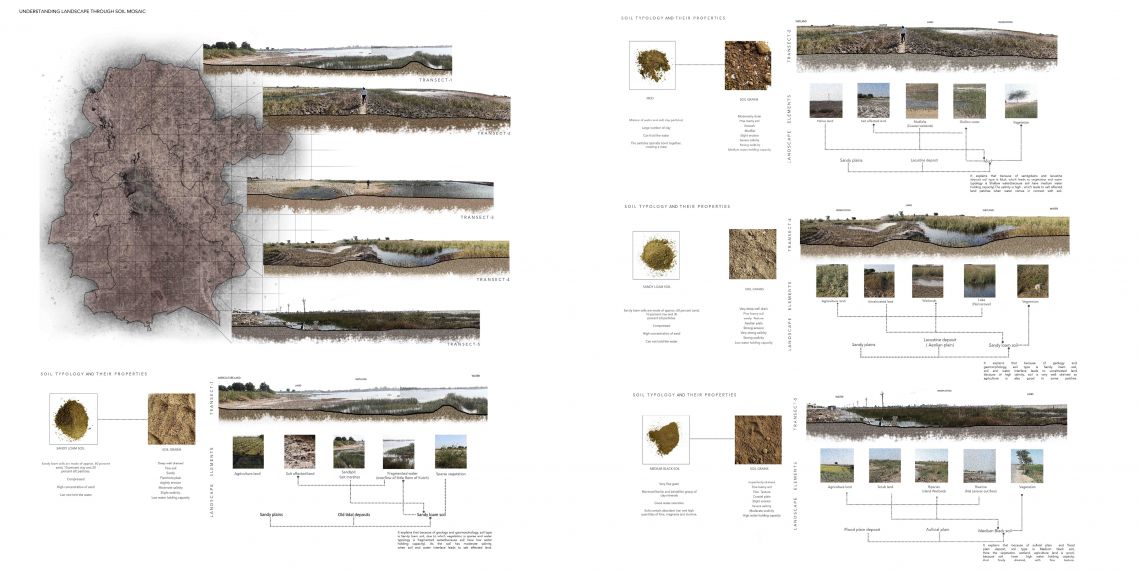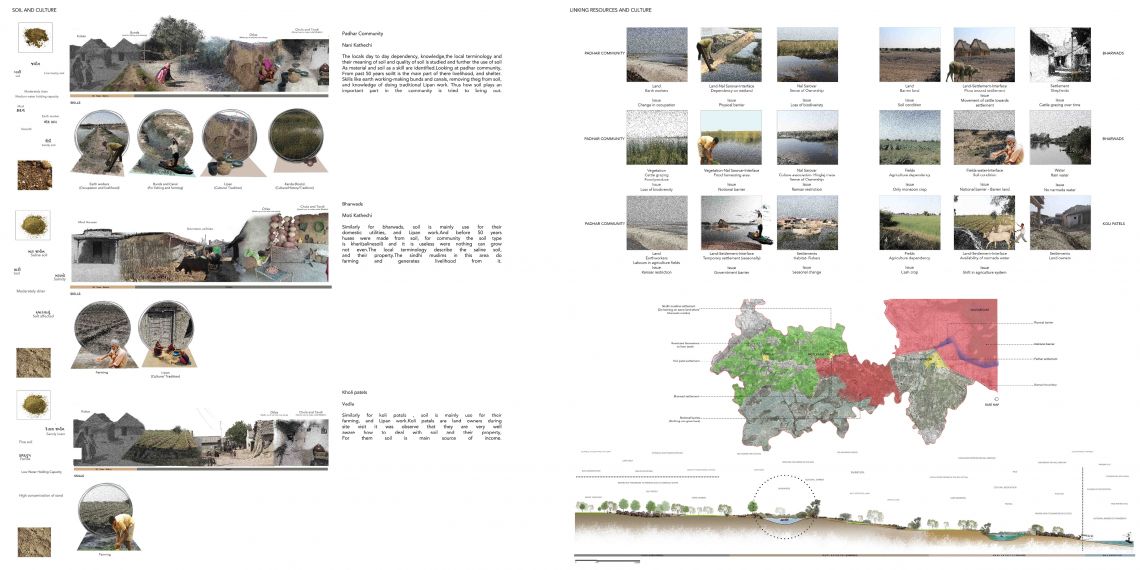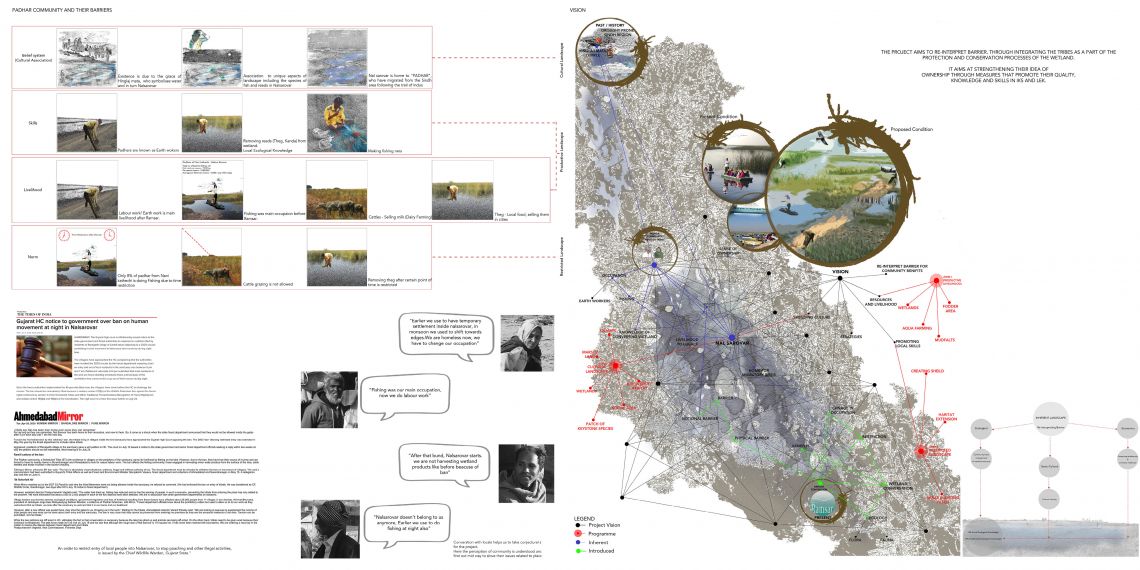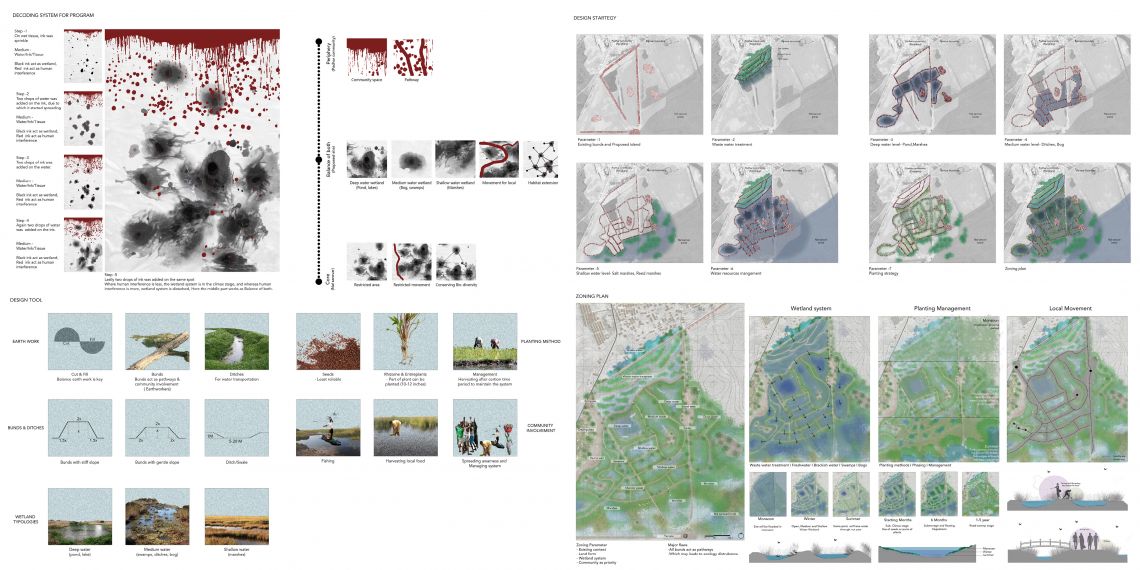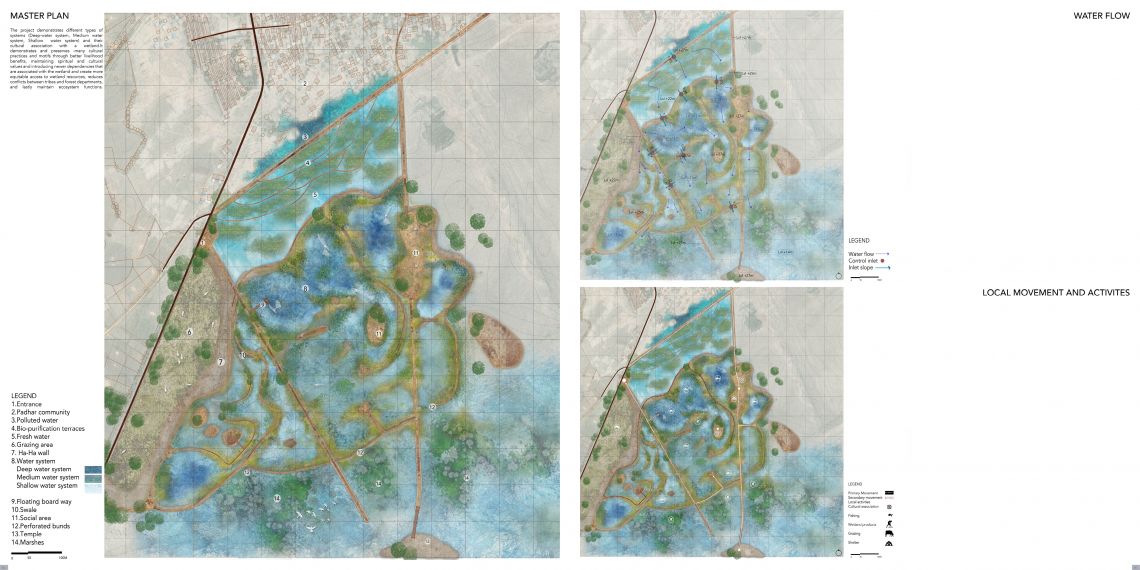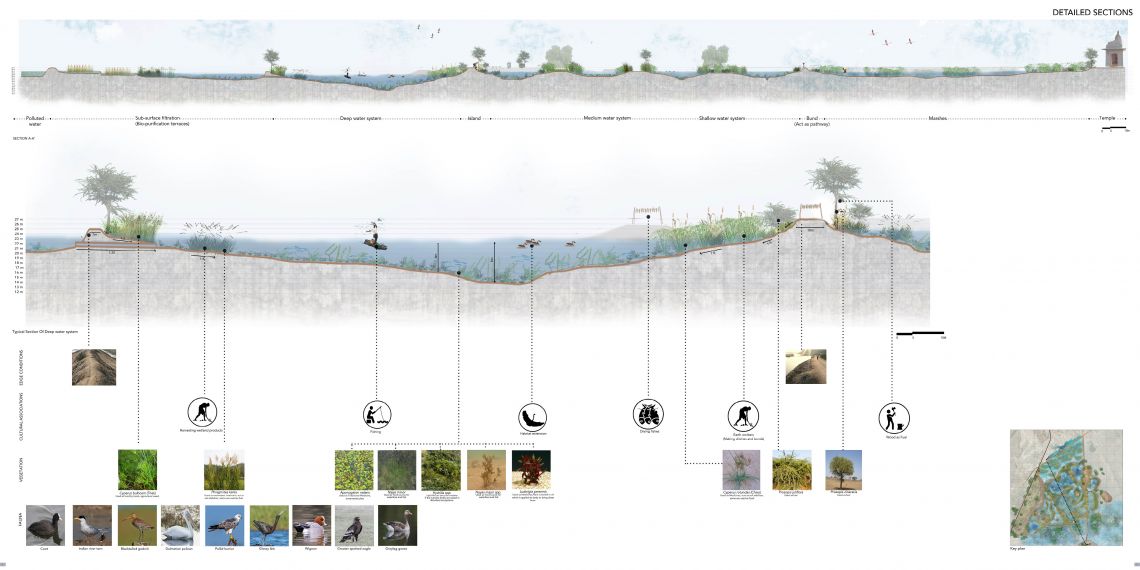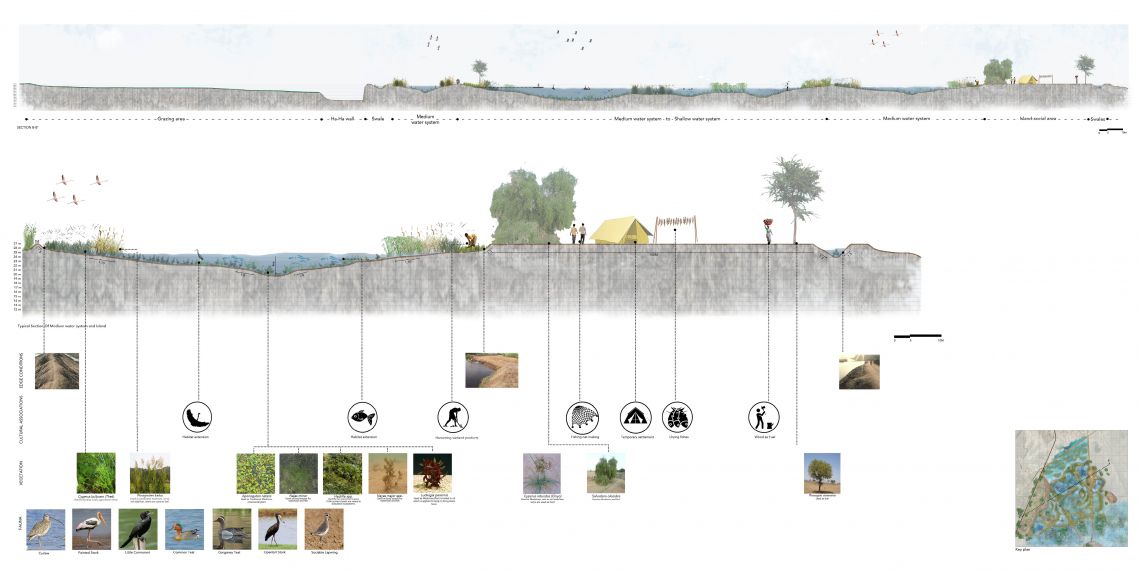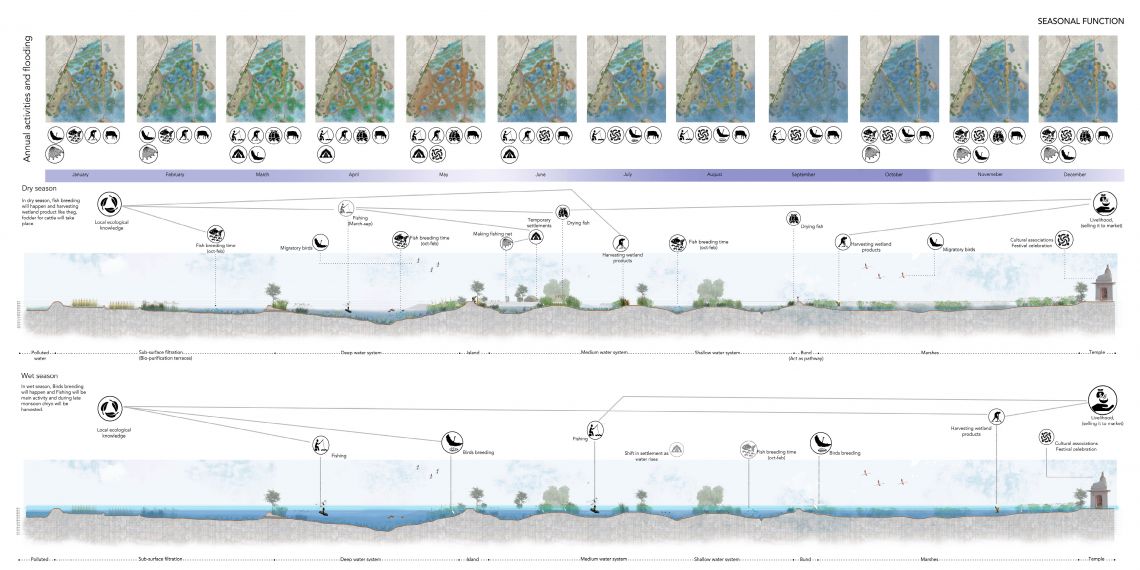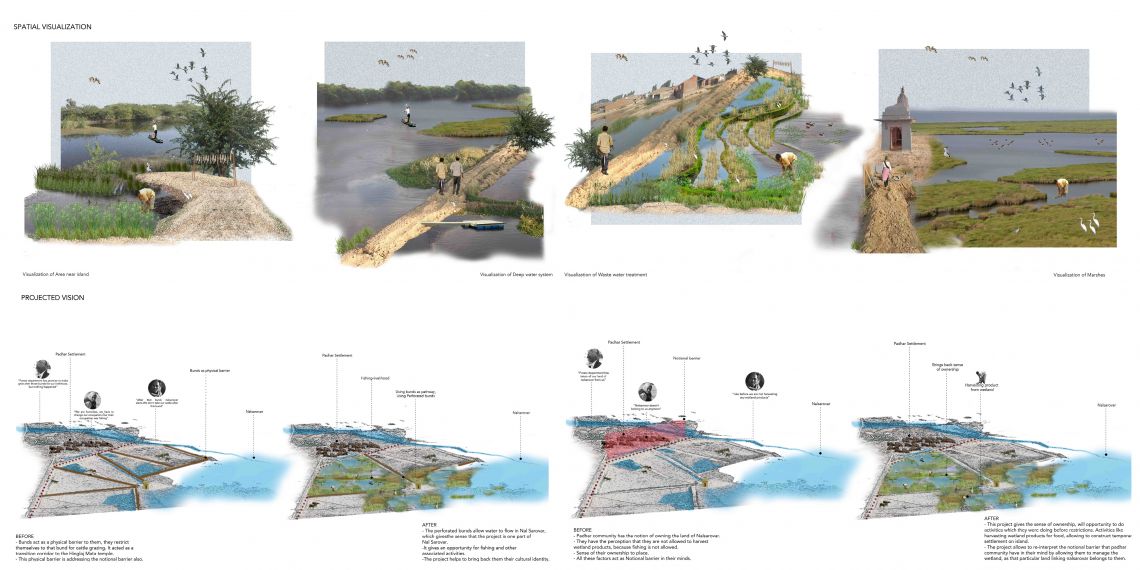Your browser is out-of-date!
For a richer surfing experience on our website, please update your browser. Update my browser now!
For a richer surfing experience on our website, please update your browser. Update my browser now!
Nal Sarovar is home to a primitive tribe called “PADHAR”, who have migrated from the Sindh area following the trail of Indus. The Padhars believe that their existence is due to the grace of Hinglaj Mata, a primitive goddess who symbolizes water and in turn Nalsarovar. The day to day dependencies and associations to many unique aspects of this bio-cultural landscape including the endemic species of fishes and reeds in Nalsarovar is celebrated in its myths and rituals. A few years ago, an order to restrict the entry of local people into Nalsarovar to stop poaching and other activities were issued by the State government and forest the department, the sense of ownership the Padhars had to the place came into question. The non-inclusive nature of the political reforms to the native tribes led to many conflicts. It also created both a physical and perceived barrier between the tribes, the ancient inhabitants, and the safe-keepers of the landscape and cultural narratives of Nalsarovar. The project aims to re-interpret this barrier, through integrating the tribes as a part of the protection and conservation processes of the wetland. It aims at strengthening their idea of ownership through measures that promote their quality, knowledge, and skills in IKS and LEK.
